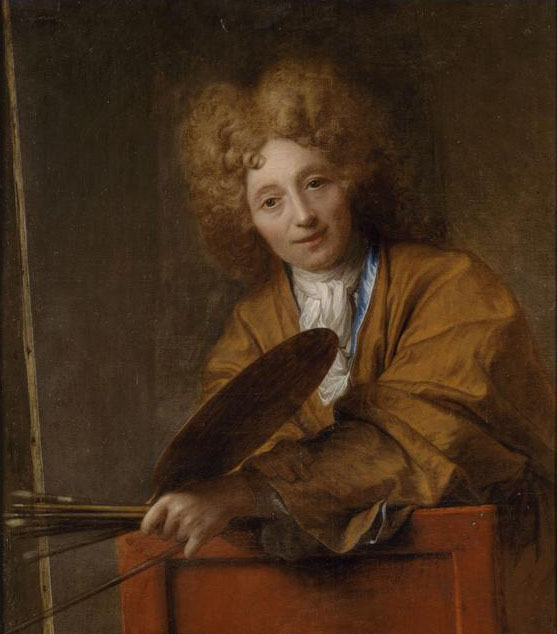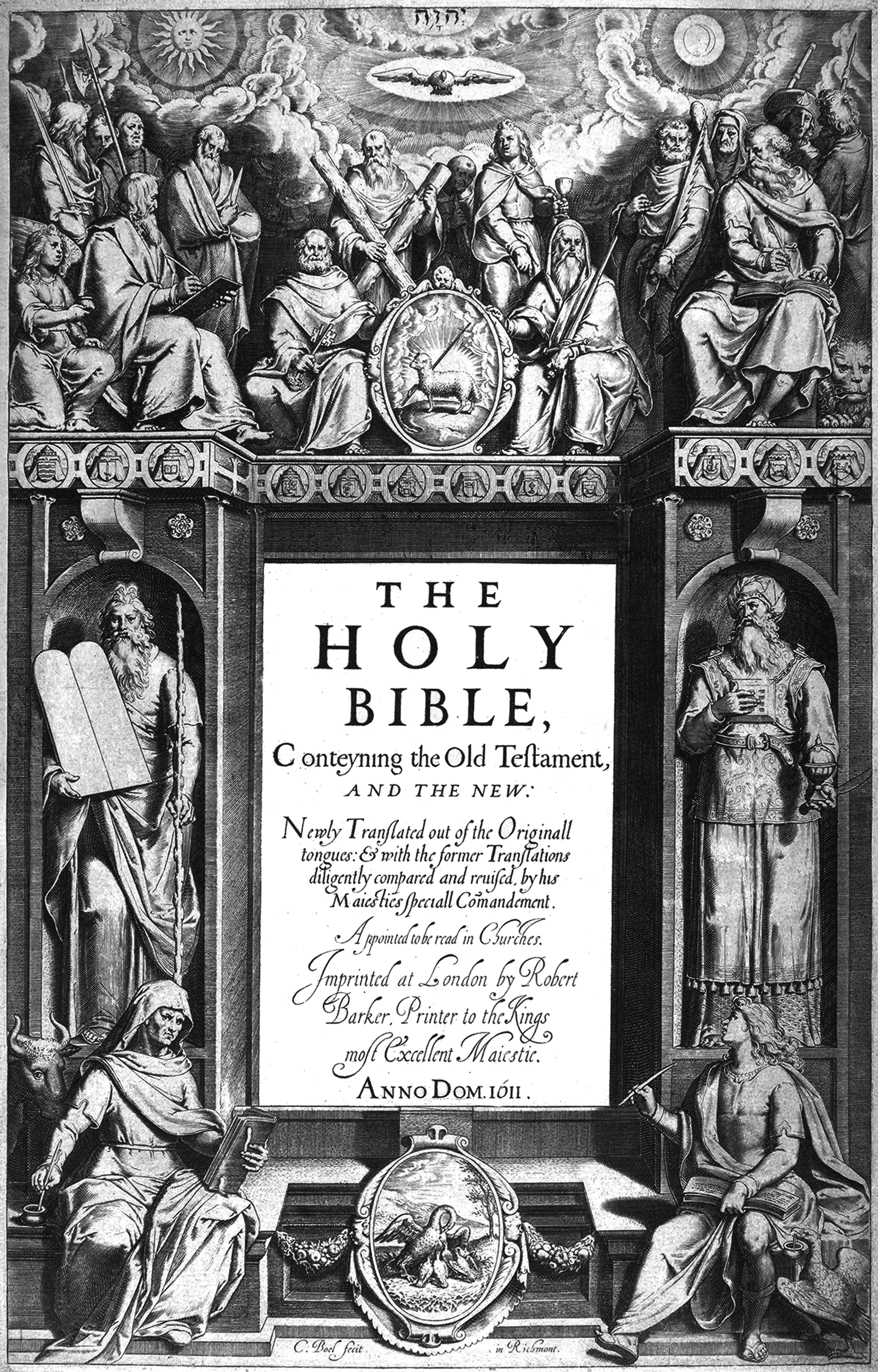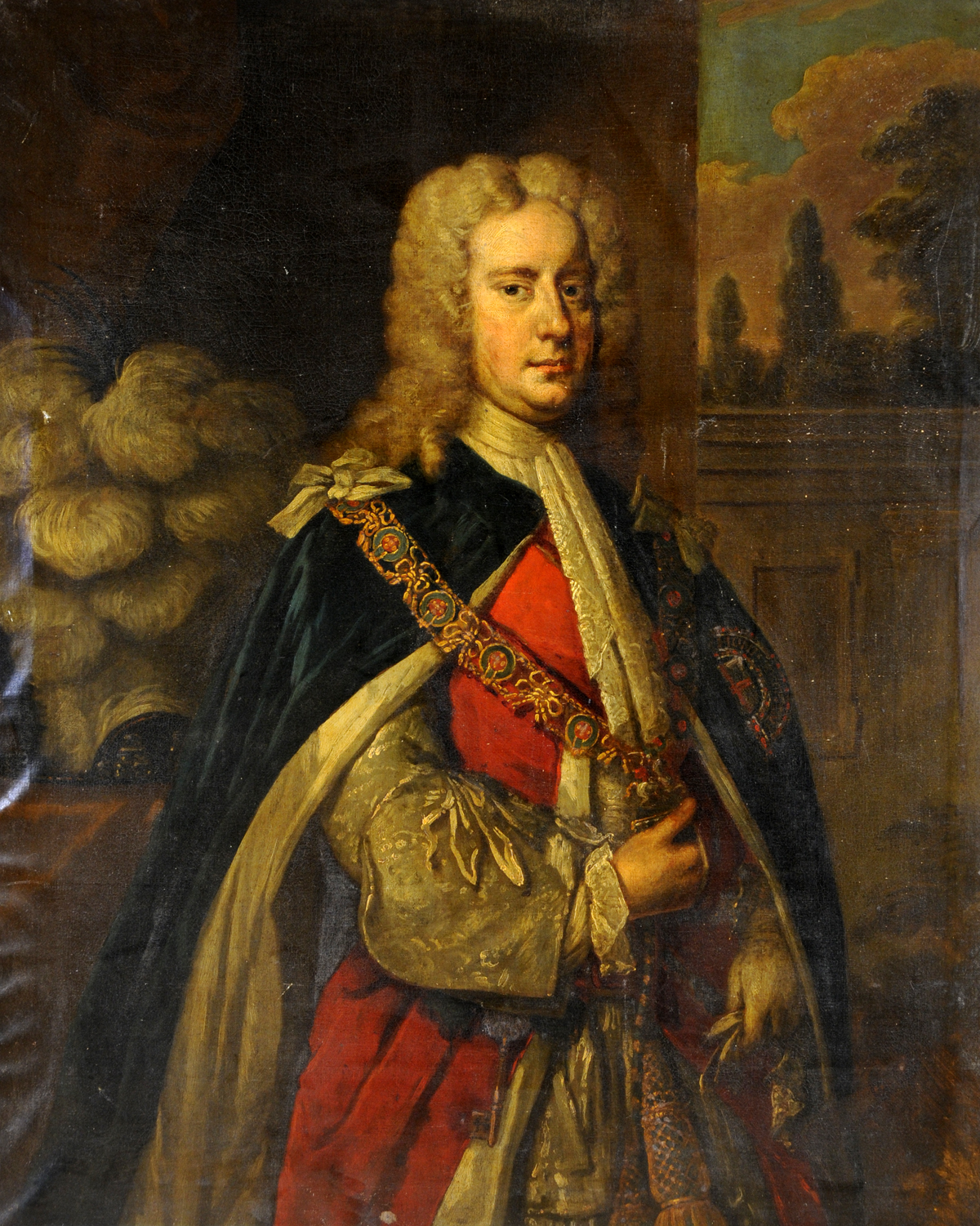|
Edmund Sheffield, 2nd Earl Of Mulgrave
Edmund Sheffield, 2nd Earl of Mulgrave (December 161124 August 1658) was an English peer who supported the Parliamentary cause during the English Civil War period. Early life Edmund Sheffield was born in December 1611 to Sir John Sheffield (drowned in 1614), son of Edmund Sheffield, 1st Earl of Mulgrave, and Grizel Anderson, daughter of Sir Edmund Anderson, Chief Justice of the Common Pleas.Dictionary of National Biography, Vol. 52, p. 11. House of Lords As grandson of the First Earl, Mulgrave succeeded to his title in October 1646, and also succeeded his grandfather as Vice-Admiral of Yorkshire. He sat in the House of Lords until its abolition, and was a member of the Council of State during the Commonwealth. In 1658 he was nominated as a member of Cromwell's Upper House, but, like most of the other peers summoned, declined to serve. Personal life Mulgrave married Elizabeth Cranfield, daughter of the Earl of Middlesex. They had a son, John. Death and legacy ... [...More Info...] [...Related Items...] OR: [Wikipedia] [Google] [Baidu] |
Earl Of Mulgrave
The title Earl of Mulgrave has been created twice. The first time as a title in the Peerage of England and the second time as a Peerage of the United Kingdom. The first creation was in the Peerage of England in 1626 for Edmund Sheffield, 3rd Baron Sheffield KG, who served as Lord Lieutenant of Yorkshire from 1603 to 1619. The Sheffield family descended from Sir Edmund Sheffield, second cousin of Henry VIII, who in 1547 was raised to the Peerage of England as '' Baron Sheffield of Butterwick'' and in 1549 was murdered in the streets of Norwich during Kett's Rebellion. Upon the 1st Earl's death in 1646 he was succeeded by his grandson Edmund, who was in turn succeeded by his son John. This 3rd Earl of Mulgrave KG was a notable Tory politician of the late Stuart period, who served under Queen Anne as Lord Privy Seal and Lord President of the Council. He was created '' Marquess of Normanby'' in 1694 and '' Duke of Buckingham and Normanby'' in 1703. These titles became exti ... [...More Info...] [...Related Items...] OR: [Wikipedia] [Google] [Baidu] |
Duke Of Buckingham And Normanby
Duke of Buckingham and Normanby is a title in the Peerage of England. The full title was ''Duke of the County of Buckingham and of Normanby'' but in practice only ''Duke of Buckingham and Normanby'' was used. The dukedom was created in 1703 for John Sheffield, 1st Marquess of Normanby KG, a notable Tory politician of the late Stuart period, who served under Queen Anne as Lord Privy Seal and Lord President of the Council. He had succeeded his father as 3rd Earl of Mulgrave in 1658 and been made Marquess of Normanby in 1694. The duke's family descended from Sir Edmund Sheffield, second cousin of Henry VIII, who in 1547 was raised to the Peerage of England as '' Baron Sheffield'' and in 1549 was murdered in the streets of Norwich during Kett's Rebellion. His grandson, the 3rd Baron, served as Lord Lieutenant of Yorkshire from 1603 to 1619 and was created '' Earl of Mulgrave'' in 1626, also in the Peerage of England. On the death of the 2nd Duke of Buckingham and Normanby i ... [...More Info...] [...Related Items...] OR: [Wikipedia] [Google] [Baidu] |
Earls Of Mulgrave
The title Earl of Mulgrave has been created twice. The first time as a title in the Peerage of England and the second time as a Peerage of the United Kingdom. The first creation was in the Peerage of England in 1626 for Edmund Sheffield, 3rd Baron Sheffield KG, who served as Lord Lieutenant of Yorkshire from 1603 to 1619. The Sheffield family descended from Sir Edmund Sheffield, second cousin of Henry VIII, who in 1547 was raised to the Peerage of England as '' Baron Sheffield of Butterwick'' and in 1549 was murdered in the streets of Norwich during Kett's Rebellion. Upon the 1st Earl's death in 1646 he was succeeded by his grandson Edmund, who was in turn succeeded by his son John. This 3rd Earl of Mulgrave KG was a notable Tory politician of the late Stuart period, who served under Queen Anne as Lord Privy Seal and Lord President of the Council. He was created '' Marquess of Normanby'' in 1694 and ''Duke of Buckingham and Normanby'' in 1703. These titles became extin ... [...More Info...] [...Related Items...] OR: [Wikipedia] [Google] [Baidu] |
Sheffield Family
Sheffield is a city in South Yorkshire, England, situated south of Leeds and east of Manchester. The city is the administrative centre of the City of Sheffield. It is historically part of the West Riding of Yorkshire and some of its southern suburbs were transferred from Derbyshire to the city council. It is the largest settlement in South Yorkshire and the third largest of Northern England. The city is in the North Midlands, in the eastern foothills of the Pennines and the valleys of the River Don with its four tributaries: the Loxley, the Porter Brook, the Rivelin and the Sheaf. Sixty-one per cent of Sheffield's entire area is green space and a third of the city lies within the Peak District national park and is the fifth-largest city in England. There are more than 250 parks, woodlands and gardens in the city, which is estimated to contain around 4.5 million trees. Sheffield played a crucial role in the Industrial Revolution, developing many significant technol ... [...More Info...] [...Related Items...] OR: [Wikipedia] [Google] [Baidu] |
17th-century English Nobility
The 17th century lasted from January 1, 1601 (represented by the Roman numerals MDCI), to December 31, 1700 (MDCC). It falls into the early modern period of Europe and in that continent (whose impact on the world was increasing) was characterized by the Baroque cultural movement, the latter part of the Spanish Golden Age, the Dutch Golden Age, the French '' Grand Siècle'' dominated by Louis XIV, the Scientific Revolution, the world's first public company and megacorporation known as the Dutch East India Company, and according to some historians, the General Crisis. From the mid-17th century, European politics were increasingly dominated by the Kingdom of France of Louis XIV, where royal power was solidified domestically in the civil war of the Fronde. The semi-feudal territorial French nobility was weakened and subjugated to the power of an absolute monarchy through the reinvention of the Palace of Versailles from a hunting lodge to a gilded prison, in which a greatly expan ... [...More Info...] [...Related Items...] OR: [Wikipedia] [Google] [Baidu] |
1658 Deaths
Events January–March * January 13 – Edward Sexby, who had plotted against Oliver Cromwell, dies in the Tower of London. * January 30 – The "March Across the Belts" (''Tåget över Bält''), Sweden's use of winter weather to send troops across the waters of the Danish straits at a time when winter has turned them to ice, begins. Within 17 days, Sweden's King Karl X Gustav leads troops across the ice belts to capture six of Denmark's islands as Swedish territory. * February 5 – Prince Muhi al-Din Muhammad, one of the sons of India's Mughal, Emperor Shah Jahan, proclaims himself Emperor after Jahan names Muhi's older brother, Dara Shikoh, as regent, and departs from Aurangabad with troops. * February 6 – Swedish troops of Charles X Gustav of Sweden March Across the Belts, cross The Great Belt in Denmark, over frozen sea. * March 8 (February 26 Old Style and New Style dates, OS) – The peace between Sweden and Denmark-Norway is concluded i ... [...More Info...] [...Related Items...] OR: [Wikipedia] [Google] [Baidu] |
1611 Births
Events January–March * January 26 – Maximilien de Béthune, Duke of Sully is forced by Queen regent Marie's Regency Council to resign as chief minister of France. He is replaced by Nicolas de Neufville, seigneur de Villeroy. * February 27 – Sunspots are observed by telescope, by Frisian astronomers Johannes Fabricius and David Fabricius. Johannes publishes the results of these observations, in ''De Maculis in Sole observatis'' in Wittenberg, later this year. Such early discoveries are overlooked, however, and the first sighting is claimed a few months later, by Galileo Galilei and Christoph Scheiner. * March 4 – George Abbot is enthroned as Archbishop of Canterbury in England. * March 9 – Battle of Segaba in Begemder: Yemana Kristos, brother of Emperor of Ethiopia Susenyos I, ends the rebellion of Melka Sedeq. * March 19– 20 – The Moscow Uprising, an armed rising of the inhabitants of Moscow in the Tsardom of Russia against ... [...More Info...] [...Related Items...] OR: [Wikipedia] [Google] [Baidu] |
Luke Robinson (died 1669)
Luke Robinson (''c.'' 1610–1669), of Riseborough, was an English Member of Parliament and of the English Council of State, Council of State during the English Commonwealth, Commonwealth period. Robinson was the eldest son of Sir Arthur Robinson of Deighton, Northallerton, Yorkshire and his first wife Elizabeth Walthall, daughter of William Walthall mercer of London. He was baptised on 6 September 1610. He was educated at Shenley, Hertfordshire, Aughton, Yorkshire and St Peter's School, York, St Peter's, York before attending Christ's College, Cambridge in 1627. He was a student of Gray's Inn in 1630. Robinson was elected MP for Scarborough (UK Parliament constituency), Scarborough in 1645, taking the place of a member who had been expelled for his Cavaliers, Royalist sympathies, and sat for the town through the remainder of the Long Parliament, being an active member of the Rump Parliament, Rump after Pride's Purge, and also served as Bailiff of Scarborough, North Yorksh ... [...More Info...] [...Related Items...] OR: [Wikipedia] [Google] [Baidu] |
The Concise Dictionary Of National Biography
''The Concise Dictionary of National Biography: From Earliest Times to 1985'' is a dictionary of biographies of people from the United Kingdom. It was published in three volumes by Oxford University Press Oxford University Press (OUP) is the publishing house of the University of Oxford. It is the largest university press in the world. Its first book was printed in Oxford in 1478, with the Press officially granted the legal right to print books ... in 1992.. The dictionary provides summaries of all the biographies in '' The Dictionary of National Biography'', presented in alphabetical order by last name. References Further reading * * Dictionary of National Biography Oxford dictionaries 1992 non-fiction books {{dictionary-stub ... [...More Info...] [...Related Items...] OR: [Wikipedia] [Google] [Baidu] |
Anne, Queen Of Great Britain
Anne (6 February 1665 – 1 August 1714) was List of English monarchs, Queen of England, List of Scottish monarchs, Scotland, and List of Irish monarchs, Ireland from 8 March 1702, and List of British monarchs, Queen of Great Britain and Ireland following the ratification of the Acts of Union 1707 merging the kingdoms of Kingdom of Scotland, Scotland and Kingdom of England, England, until her death in 1714. Anne was born during the reign of her uncle Charles II of England, King Charles II. Her father was Charles's younger brother and heir presumptive, James II of England, James, whose suspected Roman Catholicism was unpopular in England. On Charles's instructions, Anne and her elder sister Mary II of England, Mary were raised as Anglicans. Mary married her Dutch Reformed Church, Dutch Protestant cousin, William III of Orange, in 1677, and Anne married the Lutheran Prince George of Denmark in 1683. On Charles's death in 1685, James succeeded to the throne, but just three years ... [...More Info...] [...Related Items...] OR: [Wikipedia] [Google] [Baidu] |
Lord President Of The Council
The Lord President of the Council is the presiding officer of the Privy Council of the United Kingdom and the fourth of the Great Officers of State, ranking below the Lord High Treasurer but above the Lord Keeper of the Privy Seal. The Lord President usually attends and is responsible for chairing the meetings of the Privy Council, presenting business for the approval of the Sovereign. The office and its history The Privy Council meets once a month, wherever the sovereign may be residing at the time, to give formal approval to Orders in Council. Only a few privy counsellors need attend such meetings, and only when invited to do so at the government's request. As the duties of the Lord President are not onerous, the post has often been given to a government minister whose responsibilities are not department-specific. In recent years it has been most typical for the Lord President also to serve as Leader of the House of Commons or Leader of the House of Lords. The Lord Pre ... [...More Info...] [...Related Items...] OR: [Wikipedia] [Google] [Baidu] |
Lord Privy Seal
The Lord Privy Seal (or, more formally, the Lord Keeper of the Privy Seal) is the fifth of the Great Officers of State (United Kingdom), Great Officers of State in the United Kingdom, ranking beneath the Lord President of the Council and above the Lord Great Chamberlain. Originally, its holder was responsible for the monarch's Privy Seal of England, personal (privy) seal (as opposed to the Great Seal of the Realm, which is in the care of the lord chancellor) until the use of such a seal became obsolete. Though one of the oldest offices in European governments, it has no particular function today because the use of a privy seal has been obsolete for centuries; it may be regarded as a traditional sinecure, but today, the holder of the office is invariably given a seat in the Cabinet of the United Kingdom, and is sometimes referred to as a Minister without portfolio (United Kingdom), minister without portfolio. Since the premiership of Clement Attlee, the position of Lord Privy S ... [...More Info...] [...Related Items...] OR: [Wikipedia] [Google] [Baidu] |






